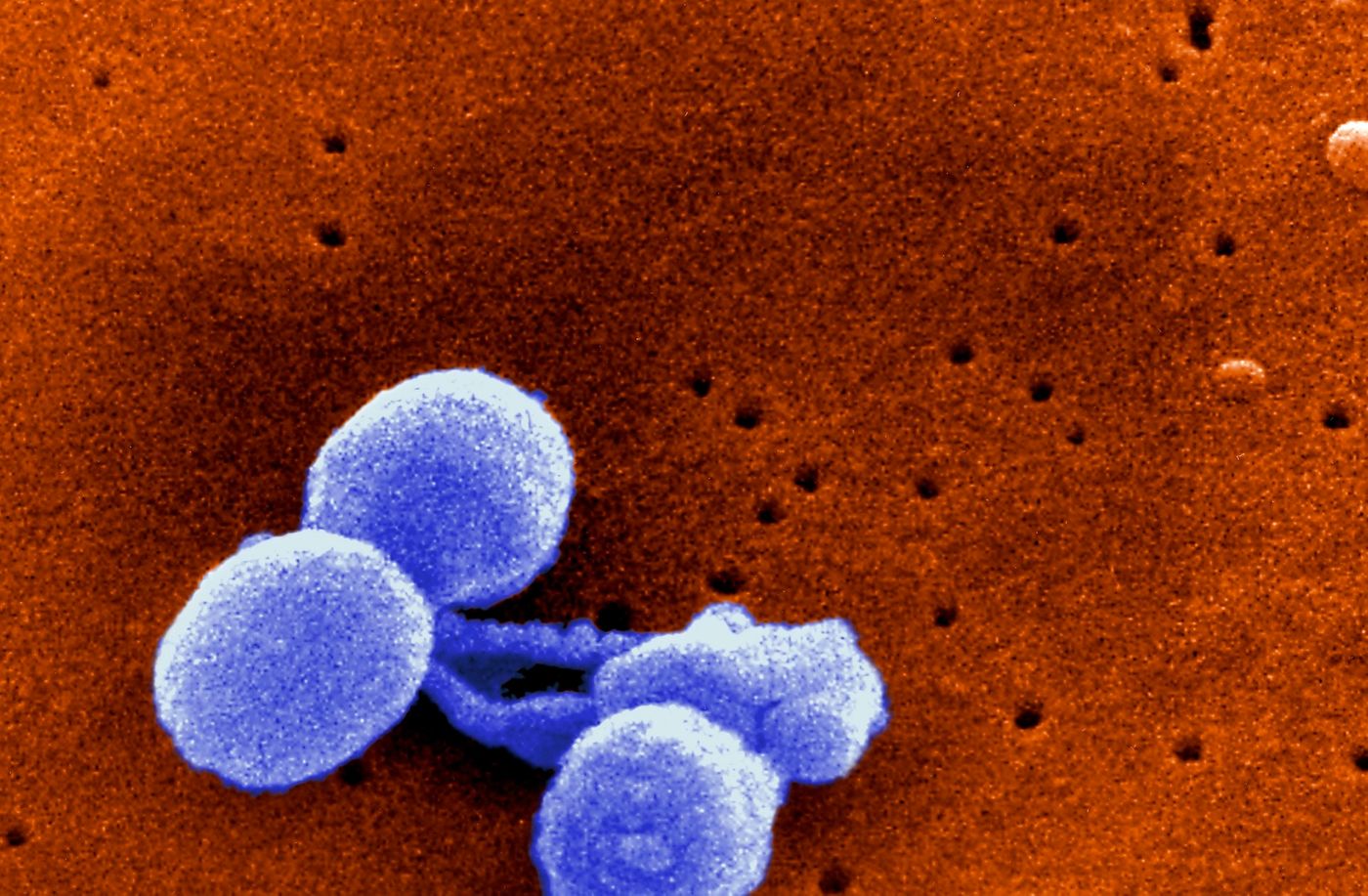A new vaccine has been developed that allows bacteria to grow inside the body, only actively fighting microbes that cause disease. This approach works in a completely nontraditional way; vaccines usually work to destroy bacteria before it has a chance to grow at all.
Blaine Pfeifer, an Associate Professor of chemical and biological engineering at the University at Buffalo School of Engineering and Applied Sciences, and colleagues conducted the
work, which was published in the Proceedings of the National Academy of Sciences and describes a vaccine responding to pneumococcus.
"With conventional vaccines, the approach has been: 'What bacteria do we want to target and how,'" says Charles Jones, a study author who founded Abcombi Biosciences, a company spearheading the effort to bring this vaccine to market. "Our strategy is to shift the paradigm to which diseases do we want to prevent."
Pneumococcus is the common name for Streptococcus pneumoniae, and pneumococcal infections can result in many types of illnesses such as ear infections, pneumonia and meningitis. "These are very serious illnesses that we haven't been able to completely suppress. The vaccine we're developing could finally get that job done," says Pfeifer.
According to the CDC, roughly 900,000 Americans contract pneumococcal pneumonia each year, causing an estimated 400,000 hospitalizations. It is fatal for 5-7 percent - about 3,700 patients. Outside the United States, especially in underdeveloped nations, the number of deaths is much higher.
Doctors have long relied on medications like penicillin to treat sickness caused by pneumococcus, and their effectiveness has been in decline for a long time. That problem led to the creation of vaccines, which have helped to reduce illness and death. But, vaccines that are commonly used only target a small number of strains of the virulent bacteria - the ones that cause the most serious illnesses. They find the bacteria by identifying a sugar coating that surrounds it.
This new vaccine instead uses proteins on the surface of the bacteria as the identifying feature. Tests that evaluated the new vaccine showed that it defended against 12 strains of the bacteria with 100 percent effectiveness. Computer models suggest it could be used against many more strains but further testing is needed to confirm.
With multiple diseases caused by a variety of strains, this approach could be a great way to respond to myriad illnesses.
The novel strategy of this vaccine is to let bacteria live, so long as it does not cause any harm to the body. It teaches the immune system to only attack when the proteins on the surface of the bacterial coating break free. “That’s the signal that this bacteria is becoming a troublemaker, that’s its threatening the body and that it’s necessary to fight back,” Pfeifer says.
The vaccine has so far been tested and found to be effective in animals; Abcombi currently leads efforts to conduct trials in humans.
Sources:
CDC,
University at Buffalo News Center via
AAAS,
PNAS

![(A) S. pneumoniae grows in the nasal passages, producing a bacterial biofilm that provides protection. External triggers like viral infection prompt the active release of virulent pneumococci that disseminate and cause disease. (B) Leading vaccination strategies [polysaccharide conjugate vaccines] mediate protection against some bacterial serotypes by clearing pneumococci before biofilm establishment. But clearing all bacteria opens vulnerabilities to colonization by nonvaccine serotypes or other bacterial species. (C) The strategy featured in this work mediates clearance of only virulent biofilm-released bacteria while keeping the presence of the preexisting biofilm. Source: PNAS](https://d3bkbkx82g74b8.cloudfront.net/eyJidWNrZXQiOiJsYWJyb290cy1hc3NldHMiLCJrZXkiOiJfcHVibGljXC9fZmlsZXNcL3N5c3RlbVwvY2tcL3RyZW5kaW5nXC92YWNjXzNmNjljZGJhM2FiYmYzZjljNzNhODZlZDgxMjg5YTIzLmpwZyIsImVkaXRzIjp7InJlc2l6ZSI6eyJ3aWR0aCI6MTQwMCwiZml0IjoiY292ZXIifX19)








